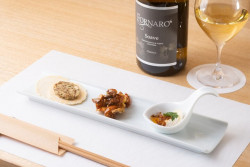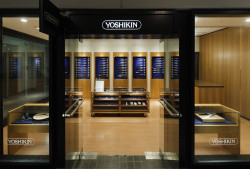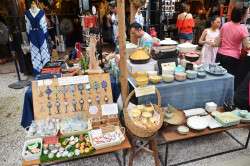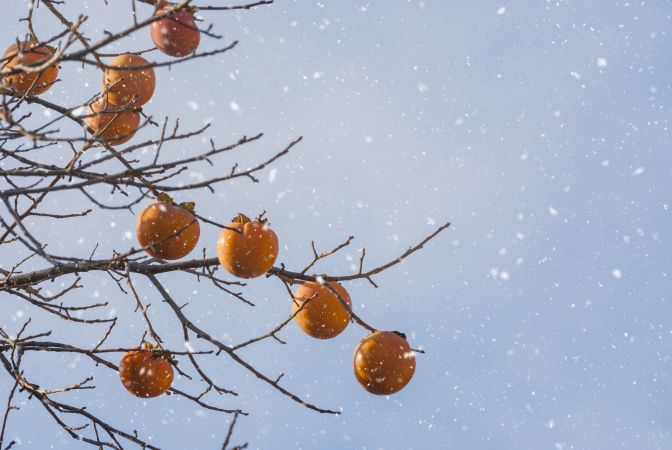
January 27, 2023
How Kyoto Breaks Your Heart
Florentyna Leow’s gustatory sketch of love and heartbreak in Kyoto
The unforgettable flavors of the life you once lived—and how the smallest details from the past friendships and relationships of bygone days linger on your tongue long after you’ve moved on. This is what the lushly written, emotive essay collection How Kyoto Breaks Your Heart is all about: our sensations, emotions, and intimate connections, and how we grapple with them when things change forever.
Tokyo-based writer Florentyna Leow’s debut essay collection is an evocative series of Kyoto vignettes, tied together by the story of Leow losing two great loves in her life: a close friend, and the city of Kyoto. But rather than tell the story from A to Z, each chapter focuses on specific aspects—the people, places, and ideas—that tie together Leow’s Kyoto life. Reflections on a persimmon tree, a jazz coffee shop, her job as a tour guide, the Kamogawa river, tea, rainy days, and more piece together the story a bit at a time, focusing on Kyoto’s abundance of sights, sounds, and flavors, as well as complicated ideas of relationships and belonging.
The through-line of a friendship coming to an abrupt end holds the book together, but the collection’s greatest strength are the small moments of intimacy and exaltation in life along the way. Altogether, the book sparks thoughtfulness, sorrow, gratitude, and joy through invoking the quiet moments in our lives and how these connect us to others and the world.
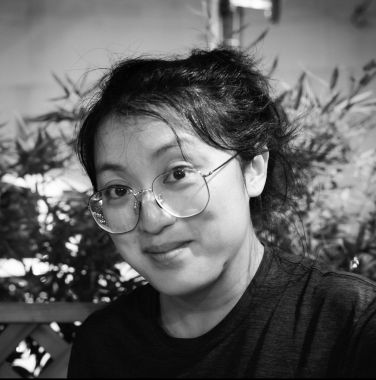
Leow says that she thought about writing the book for five years but never did until she literally had to—that is, when The Emma Press got back to her on her proposal submission asking to see the manuscript in September 2021. “I had intended to write a breezy, maybe even funny collection of essays about Kyoto with a travel-writing bent,” says Leow. “I hadn’t meant for the book to get quite so personal.”
Born in Malaysia, Leow studied in London before moving to Tokyo, then Kyoto. She came after getting a remote job from a friend, a customer services role in the tourism industry, and soon also started guiding tours around the city. After the two years in Kyoto described in the book—filled with tempestuous angst and stereotypical Kyoto harmony in equal measure—she came to Tokyo, where today she works as a writer focusing on food, crafts, and rural Japan.
Leow’s interest in food doesn’t simply come through in the essays. Rather, it’s the device, or ingredient that binds the work together. Copious, flavorful depictions and descriptions fill her essays. Ripe persimmons “tasted like the sound of a clarinet—silky, mellow and warm.” Matcha is “leaf-sweet, flooding my tongue with the taste of spring.” The unique flavors of Kyoto, from its water to its fruit, tofu to tea, become one of the city’s defining characteristics to Leow, and are entertaining to explore from a traveler’s perspective.
“Eating is the national pastime in Malaysia, so I think about food nonstop,” Leow says. “By the time I arrived in Kyoto in 2015, I’d spent my adolescence and university years reading about food, writing about food, experimenting with food and above all thinking about food. Given this background, it’s not so surprising that food was the lens through which I approached the city.”
In one sense, however, these food descriptions are the weakest component of the work. While I love food immensely, I don’t share Leow’s obsession and was left wondering why it needed so much space on the page. The descriptions can be sickly sweet, distracting from the deeper strength of the work, and the reason some of the essays are capable of bringing tears to the eye: an intense pathos for others.
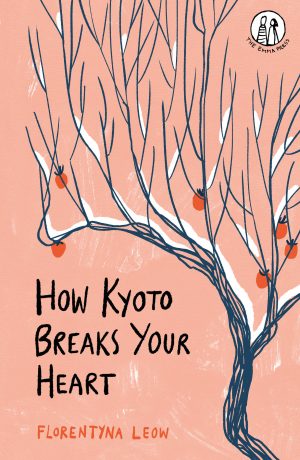
While no one character, even the unnamed friend the whole book is ostensibly about, gets much screen time, each of them—especially the shop owners and chance encounters—feels incredibly real. Leow skillfully renders their genuine and at times heartbreaking stories.
My personal favorite of these side characters are the couple that run Leow’s regular jazz kissaten, named “T” and “M” in the story. The small moments Leow shares with them during and after her time in Kyoto, and the compassion and empathy she describes them, are affecting. My single favorite moment in the work is when M comforts Leow on the verge of leaving behind the city because it represents the power of the small but powerful connections humans are capable of: “I was sitting in the kissa, my whole body shuddering. I was scared of everything – leaving, moving forward, everything… M looked a little shocked. She had never seen me cry like this. I had never cried like this in the cafe. She could have ignored me, carried on like nothing was wrong. But I should have believed, then, what she was going to say to me. It’s going to be alright, she said after a moment, smiling kindly at me. You’re going to be alright.”
The other strength of the collection is the way it delights in variety. Readers will dive into the chaotic, frustrating underbelly of the overworked Kyoto tourism industry, then the power of authentic tea ceremony. Leow embarks on intriguing ruminations about dialect, Japanese terms for rain, and of course food and more food (bread and Japanese sweets, to name a few). The work also has structural experimentation successfully done in moderation, like when Leow divides her essay on tea into concise, subtitled sections like “The Sound of Tea,” “Silence,” and “Moon-Viewing.”
“I read a lot to figure out how I could write and structure an essay, and then a book,” says Leow. “[The final essay] ‘Egg Love’ was the easiest and in some ways the most joyful to write… I started by throwing that initial proposal away and thinking about all the eggs I’d ever eaten with everyone in my life, and everything flowed out.”
How Kyoto Breaks Your Heart, as an essay collection should be, is greater than the sum of its parts. At times, it feels fragmented, like core pieces of the story are missing (and they are—my understanding of Leow’s break-up with her friend remains fuzzy). But this doesn’t detract from the enjoyment of reading. This is a book with the power to help one reconnect to one’s own life and story with increased tenderness and compassion.
Possibly the best food moment is the description of homemade dishes at a local teahouse:
“Slices of raw sea bream in yuzu sauce; a single, tender prawn resting atop a slice of kabura turnip, in a bewitching, clear soup tasting of sea and umami; salt-grilled yellowtail with crackly silver skin; white rice grown in neighboring Shiga prefecture, the water in the paddy fields so clean you can see fish swimming around.”
Turns out the book isn’t half-bad for rustling up an appetite, either.
How Kyoto Breaks Your Heart will be available via Emma Press February 23rd, 2023




